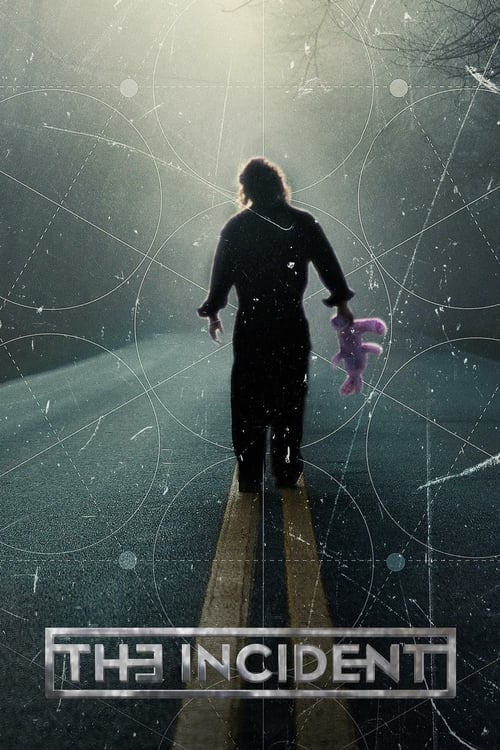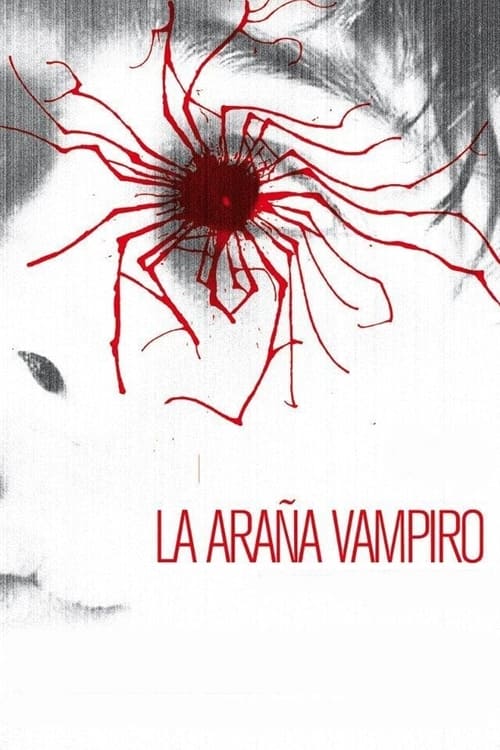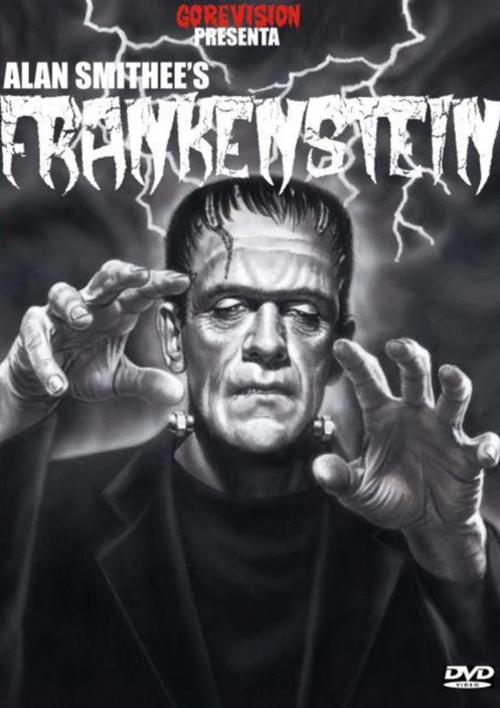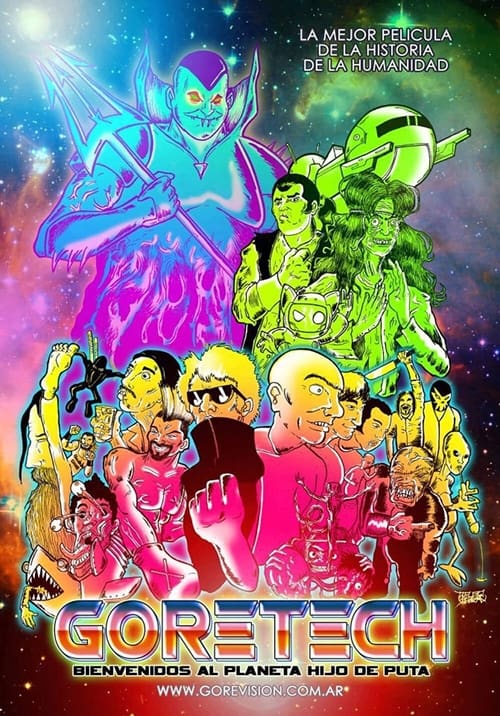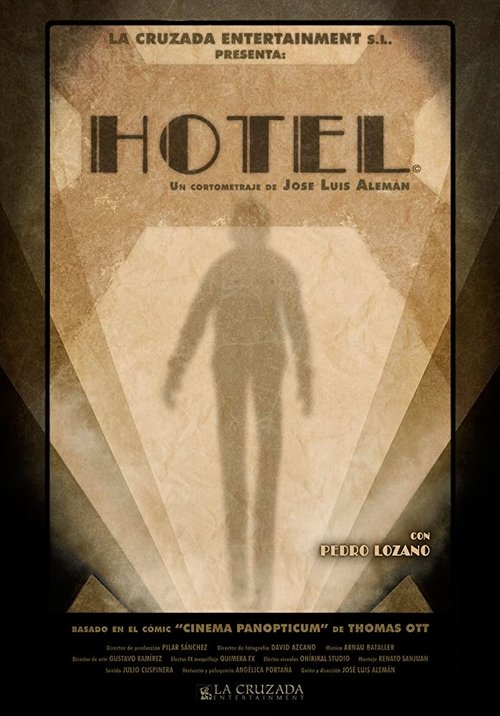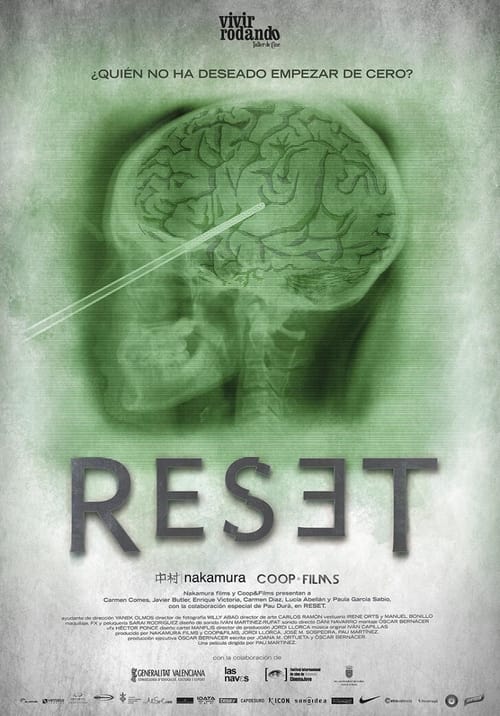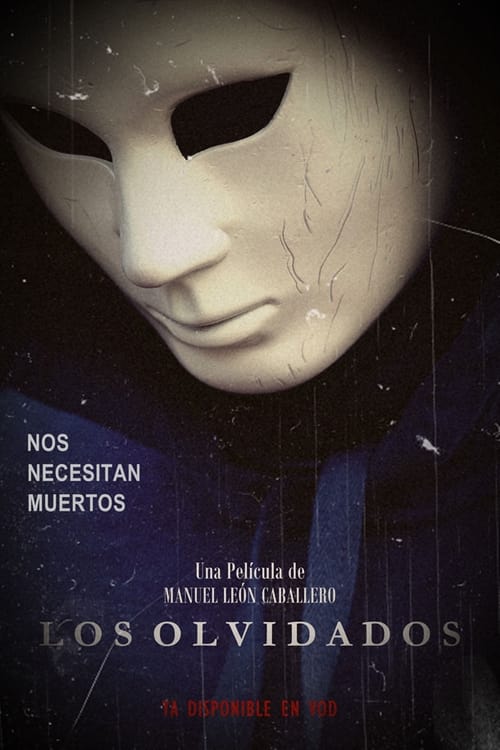
Ask Your Own Question
What is the plot?
The Incident (2014): Complete Plot Narrative
The film opens with an ordinary moment that shatters into chaos. Carlos, a small-time criminal, arrives home to his apartment to find his younger brother Oliver in a state of visible agitation. Something has deeply unsettled him, and before Oliver can articulate what troubles him, the door bursts open and Marco, a rogue police detective, emerges from hiding with his weapon drawn. Marco places both brothers under immediate arrest, his movements swift and authoritative. Oliver, desperate and trembling, attempts to explain himself to his brother. He confesses that he has already admitted to something under duress--coerced into a confession he never should have given--and he begs Carlos for forgiveness, his voice cracking with desperation and shame.
Carlos, however, refuses to accept this situation passively. He demands to see Marco's warrant, a legal requirement that should protect them. Marco's response is chilling in its casualness: he admits he does not have one. Despite this admission, Marco attempts to force both brothers to accompany him to the police station at gunpoint, his weapon steady and threatening. The brothers, faced with an illegal arrest and a cop willing to use force without legal justification, make a split-second decision. They overpower Marco in a desperate struggle and bolt from the apartment, racing down the stairwell of their building with Marco in pursuit, his footsteps echoing behind them.
As they flee down the stairs, the tension reaches a fever pitch. Marco, perhaps panicked or acting on instinct, fires his weapon. The bullet strikes Carlos in the leg, and he cries out in pain. What is striking about this moment is Marco's own reaction--he seems genuinely surprised by his own action, as though something beyond his conscious control compelled him to pull the trigger. His face registers shock and concern at what he has done. But before anyone can process this moment, a deafening explosion sounds in the distance, a loud boom that reverberates through the building and shakes the very foundation beneath them.
In that same moment, something impossible happens. The brothers and Marco realize that the stairwell they are descending does not lead anywhere. The stairs loop endlessly back upon themselves, connecting the top flight to the bottom in an impossible geometry. The exit doors will not open. There is no way out. They are trapped in an infinite staircase, a spatial nightmare that defies the laws of physics and reason.
The Road and the Family
While this nightmare unfolds in the stairwell, another tragedy is unfolding elsewhere. Sandra is preparing for a car journey with her two children, Daniel and Camila, to visit her ex-husband. Her current partner, Roberto, is driving. The family is together in the car, and everything seems normal until a seemingly trivial accident occurs. Roberto accidentally destroys Camila's asthma inhaler--the medication she depends on to breathe. When Sandra reacts with alarm, Roberto dismisses her concern with a strange philosophical statement: he insists that the accident was fated to happen, as though some invisible force orchestrated the destruction of the inhaler.
Sandra, now panicking, asks Daniel to retrieve the backup inhaler from their luggage. But Daniel delivers devastating news: he forgot to pack it. Camila's backup medication is not there. Sandra, her anxiety escalating into full panic, demands that Roberto turn the car around immediately and drive back home. They need that backup inhaler, and they need it now.
As Roberto drives, something equally impossible begins to occur. The family passes the same gas station repeatedly. They drive past it once, then again, then again. The road is repeating itself endlessly. They are trapped on an infinite loop of highway, unable to escape, unable to move forward, unable to return home. The same stretch of road plays over and over, a cyclical nightmare that mirrors the brothers' entrapment in the stairwell.
The First Deaths
In the stairwell, Oliver does his best to provide first aid to his wounded brother. He tends to Carlos's leg wound with whatever materials they can find, but their situation is hopeless. There is no hospital, no escape, no way to get proper medical care. Carlos, bleeding from his gunshot wound and trapped in an infinite staircase with no way out, slowly deteriorates. The next day, Carlos dies. His body remains in the stairwell, a grim reminder of their inescapable fate.
On the endless road, Camila's condition worsens. Without her inhaler, her asthma becomes critical. She cannot breathe properly, and there is no medication to save her. Camila dies from an asthma attack, her small body giving out as her mother watches helplessly. Sandra, witnessing her daughter's death and unable to do anything to prevent it, experiences a complete psychological breakdown. She becomes convinced that she is trapped in a nightmare, that none of this is real. In her desperation to wake up from this horror, Sandra abandons her children and drives off alone, desperately attempting to wake herself from what she believes is a dream. She leaves Daniel alone with his sister's corpse.
Daniel, now orphaned in this infinite loop, picks up his sister's body and begins walking down the road in the opposite direction, hoping against hope that he might find help or escape. But there is no escape. All roads lead back to the same stretch of highway. Eventually, Daniel, Oliver, and Marco all converge at the same location, and they give up hope of escape. They accept their fate.
Thirty-Five Years of Entrapment
Time passes in these infinite loops--thirty-five years pass. The characters age, adapt, and attempt to survive in their respective prisons.
In the stairwell, Oliver and Marco have developed a grim routine. Every twenty-four hours, the vending machine in the stairwell mysteriously refills itself with supplies. Food, water, and other necessities appear as though by magic, allowing them to survive. Oliver and Marco spend their days working out on the stairs, maintaining their physical fitness in this bizarre prison. They have created a makeshift shrine to Carlos, genuflecting toward his skeleton, which remains in the stairwell as a permanent monument to their first death and their ongoing entrapment.
Marco discovers something strange in his wallet: a miniature playing card that he does not recognize. He tears the tiny card into pieces, not understanding its significance, and does not pay it any further attention. This small card is a clue to the nature of their reality, though neither man comprehends it.
On the endless road, the family's situation is equally grim. Roberto becomes an unhealthy alcoholic, drinking to cope with the horror of their entrapment and the loss of his stepdaughter. Daniel, by contrast, becomes physically fit, systematically dumping the replicated items from his bag into heaps along the road. Each day, a new inhaler appears in a new bag, a cruel mockery of what might have saved Camila if only Daniel had remembered to pack it in the first place. Sandra, broken by grief and madness, eventually dies after thirty-five years of entrapment.
The Revelation and the Choice
As Roberto approaches death, he experiences a moment of profound clarity and epiphany. After thirty-five years of being trapped in this infinite loop, he finally understands why they are stuck here. He realizes the nature of their prison and the mechanism of their entrapment. He understands that they are caught in a cycle of creating new dimensions through their choices and actions, and that this cycle can be broken.
With his dying breath, Roberto urges young Daniel to break the cycle. He tells Daniel to refuse to follow his fate, to make a choice that deviates from the predetermined path. Roberto takes out a diary and writes down his name, leaving instructions for Daniel. He begs Daniel not to enter the patrol car, not to follow the path that seems inevitable. Roberto dies, having passed on this crucial knowledge to his stepson.
In the stairwell, the elderly Marco, now ancient and worn by thirty-five years of entrapment, also experiences a moment of clarity. He urges the younger Oliver to break the cycle as well, to refuse to follow his fate, to make a choice that will free them from this prison.
Both Daniel and Oliver initially hesitate. They understand what they have been told. They know that they have been given a chance to break free, to refuse the cycle. But in the end, both of them fail. Both of them choose to follow their fate despite the warnings they have received.
The Perpetuation of the Cycle
Daniel, following the compulsion of fate, takes out the diary and retrieves his belongings, including a card from a deck. He opens the door to a police car. As he does, he forgets everything--his memories, his identity, his past thirty-five years of entrapment. He enters the car, takes on a new name, Marco, and drives away to arrest two brothers, Carlos and Oliver. The cycle has restarted. Daniel has become Marco, and he is about to set in motion the same events that trapped him in the first place.
Oliver, similarly compelled by fate, leaves his apartment complex. He becomes Karl, a Russian bellhop who operates an elevator in a fancy hotel. One day, Karl meets a young couple--a bride and groom--in the elevator. The groom is allergic to bee stings and carries medication for this allergy. Karl, following instructions that seem to come from somewhere deep within his subconscious, offers to carry the groom's bag. As they exit the elevator, Karl releases a bee and drops the bag, which cracks the medication inside. The groom is stung by the bee and, without his medication, dies from anaphylactic shock. A loud explosion sounds in the distance--the same explosion that marked the beginning of the original entrapment.
Karl and the bride are now trapped together in a new dimension for thirty-five years, repeating the cycle that Oliver and Marco experienced. The bride becomes the new victim of this infinite loop, just as Camila was a victim in the original cycle.
The Alternate Ending
The film also presents an alternate reality, a glimpse of what might have been if the cycle had been broken. In this version, Carlos, Oliver, and Marco exit the building together. Oliver is arrested but eventually acquitted. He joins a self-help group and gets his life back on track. He meets a girl, falls in love, gets married, and has children. He works as a bellhop at a fancy hotel, living a normal life.
Marco, however, experiences a different fate. He goes home to find his wife cheating on him. In a fit of rage and despair, he kills the man she is with. He is arrested and jailed. When he is eventually released, he sees no purpose to his life. The weight of his actions and his imprisonment crushes him. He commits suicide, ending his own life in despair.
This alternate ending represents the consequences of the cycle being broken--not all outcomes are positive, and some characters still face tragic fates even when freed from the infinite loops.
The Cyclical Nature of Reality
The film concludes with the understanding that these cycles of entrapment and tragedy continue endlessly. The characters are trapped in infinite loops of time and space, unable to escape their fates. Each time someone attempts to break the cycle, they inadvertently perpetuate it by making choices that lead to new dimensions and new entrapments. The cycle feeds on itself, growing and expanding, creating new victims and new loops.
The explosion that marks the beginning of each cycle is not a random event but a signal--a marker of the moment when a new dimension is created, when a new loop begins. The characters are not in control of their destinies; they are puppets dancing to the tune of an invisible force, compelled by fate to repeat their actions endlessly.
The film ends with the implication that these cycles will continue forever. Daniel, now Marco, will arrest Carlos and Oliver. Oliver will become Karl and trap himself and the bride in a new dimension. The cycle will perpetuate, creating new loops, new victims, new dimensions. The characters are caught in an eternal recurrence, doomed to repeat their actions and their fates for all eternity, unable to break free despite the warnings and the knowledge that they have been given.
The Incident presents a nightmarish vision of a reality governed by fate and predestination, where free will is an illusion and every attempt to escape only tightens the chains of entrapment. The characters are trapped not just in physical spaces but in the very fabric of causality itself, unable to deviate from the paths laid out before them, no matter how desperately they try.
What is the ending?
In the ending of "The Incident," the characters find themselves trapped in a seemingly endless loop of time, reliving the same day over and over. The film concludes with a sense of despair as they struggle to escape their fate, ultimately leading to a tragic resolution for some of the characters.
As the final scenes unfold, we see the characters, including the troubled and introspective protagonist, trapped in a claustrophobic environment. The tension escalates as they confront their fears and the reality of their situation. The protagonist, who has been grappling with his own demons throughout the film, becomes increasingly desperate to break free from the cycle.
In a pivotal moment, he attempts to confront the source of their entrapment, leading to a confrontation with the other characters. The emotional weight of their shared experiences culminates in a powerful scene where they must face the consequences of their actions and the choices they have made.
As the loop continues, the characters begin to lose hope, and the sense of time slipping away becomes palpable. The protagonist's struggle becomes a reflection of his internal battle, and as the film reaches its climax, the characters are forced to confront their own mortality and the futility of their attempts to escape.
In the end, the protagonist's fate is left ambiguous, symbolizing the ongoing struggle against the inescapable nature of their situation. The other characters also face their own tragic ends, reinforcing the film's themes of despair and the cyclical nature of their existence. The film closes on a haunting note, leaving the audience with a lingering sense of unease and contemplation about the characters' journeys and the nature of their confinement.
Is there a post-credit scene?
The movie "The Incident," produced in 2014, does not feature a post-credit scene. The film concludes its narrative without any additional scenes or content after the credits roll. The story wraps up with a focus on the psychological and emotional turmoil experienced by the characters, leaving the audience to reflect on the events that transpired throughout the film.
What role does the setting play in the development of the plot?
The setting of the elevator serves as a microcosm for the characters' lives, amplifying their fears and insecurities. The confined space creates a sense of urgency and claustrophobia, which drives the plot forward. The physical limitations of the setting force the characters to confront not only their external circumstances but also their internal struggles.
What happens to the characters trapped in the elevator?
In 'The Incident', a group of people becomes trapped in an elevator, leading to a tense and claustrophobic situation. As time passes, their personalities and relationships are tested. The characters experience panic, frustration, and desperation, revealing their true natures as they struggle to cope with the dire circumstances.
How does the character of the police officer influence the story?
The police officer, who is one of the main characters, plays a crucial role in the unfolding drama. His attempts to maintain order and control in the chaotic situation highlight his internal conflict and sense of duty. As tensions rise, his character grapples with the weight of responsibility and the moral dilemmas that arise from the situation.
What is the significance of the character's backstories?
Each character's backstory is intricately woven into the narrative, providing insight into their motivations and fears. For instance, one character's past trauma influences their reactions to the crisis, while another's hidden secrets come to light, adding layers to their interactions and heightening the emotional stakes of the story.
How do the characters' relationships evolve during the incident?
As the incident unfolds, the relationships between the characters shift dramatically. Initial alliances and friendships are tested, leading to conflicts and revelations. The pressure of being trapped together forces them to confront their differences and past grievances, resulting in both moments of solidarity and intense confrontations.
Is this family friendly?
The Incident, produced in 2014, is not considered family-friendly due to its intense themes and disturbing content. Here are some potentially objectionable or upsetting aspects that may affect children or sensitive viewers:
- Violence: The film contains scenes of physical altercations and aggressive behavior that can be unsettling.
- Psychological Tension: The atmosphere is filled with anxiety and fear, which may be distressing for younger audiences.
- Themes of Isolation: The characters experience extreme isolation and desperation, which can evoke feelings of hopelessness.
- Mature Language: There are instances of strong language that may not be suitable for children.
- Emotional Distress: Characters undergo significant emotional turmoil, including fear and despair, which can be heavy for sensitive viewers.
Overall, the film deals with dark and complex themes that may not be appropriate for a younger audience.

